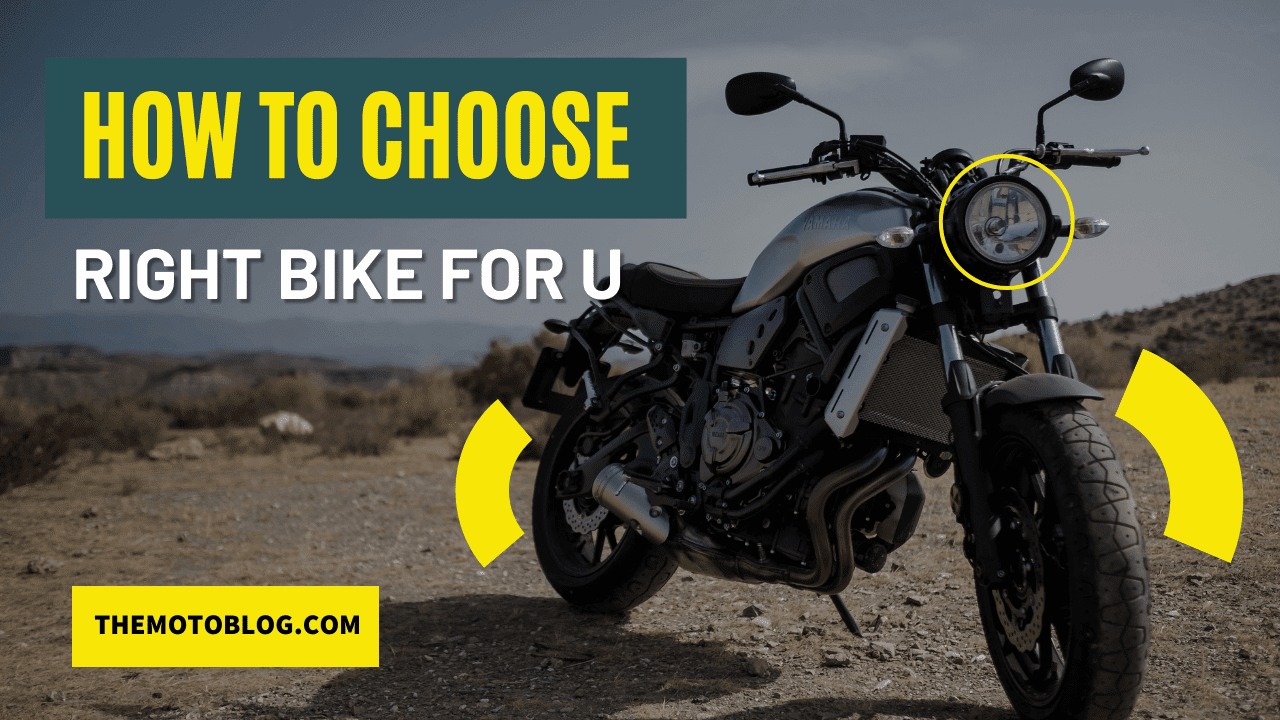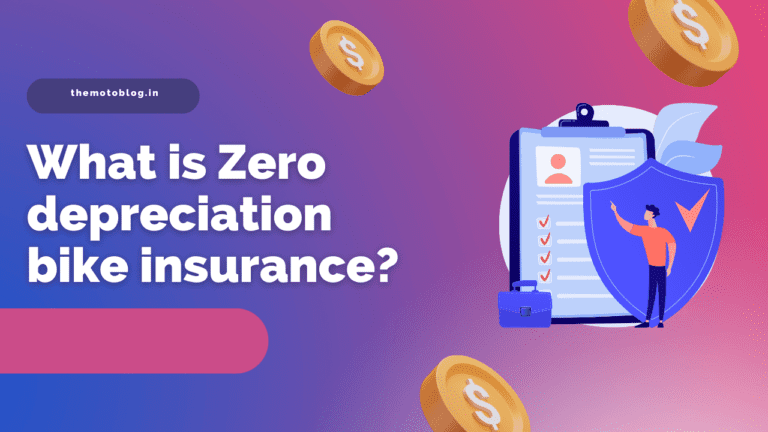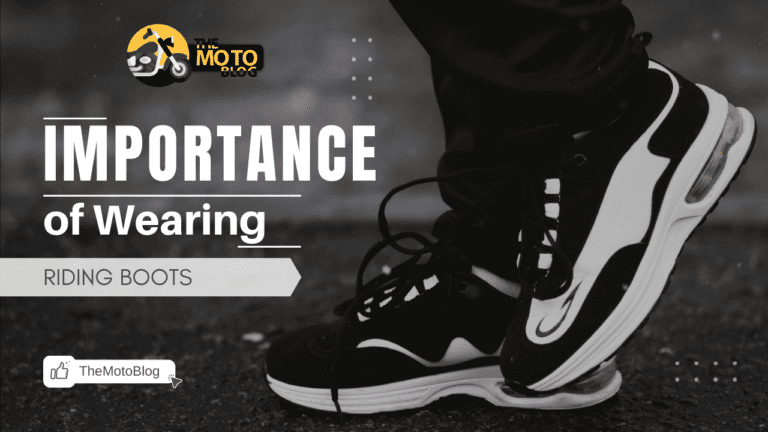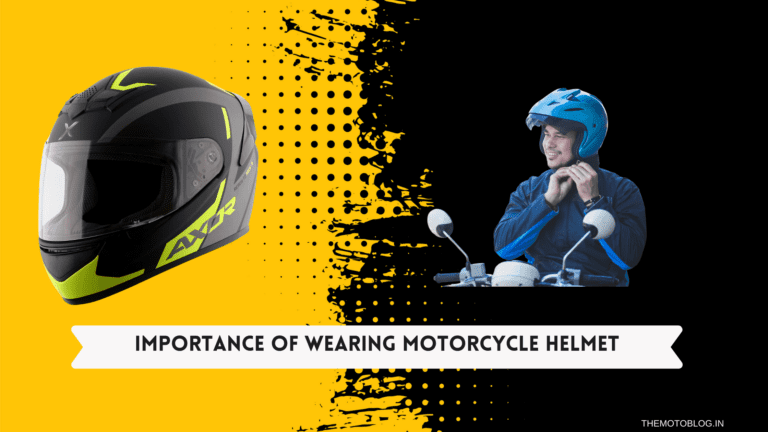How to Choose the Right Bike for You
Choosing the right bike for you can be a daunting task, especially with the wide variety of options available in the market. As a motorcycle enthusiast, I understand the importance of making the right choice in selecting a bike that suits your needs, riding style, and budget. In this article, I’ll provide some helpful tips and factors to consider when selecting your perfect motorcycle.
It’s essential to determine your primary purpose for owning a motorcycle. Will you be using it for daily commuting, weekend road trips, or exploring off-road terrains? Your intended use will significantly impact the type of bike you should be looking for. Additionally, taking into account your riding experience and skill level can help narrow down potential options, ultimately leading you closer to the right bike for you.
Don’t forget to consider your budget when searching for your ideal motorcycle. This includes not only the initial purchase cost but also the ongoing expenses such as insurance, maintenance, and fuel. By keeping these factors in mind, you’ll be well on your way to making an informed decision and finding the perfect bike that suits your lifestyle and passions. Stay tuned as we dive deeper into the process of selecting the ideal motorcycle for you.
Understanding Your Riding Preferences
When it comes to choosing the right bike for you, understanding your riding preferences is essential. To find the perfect motorcycle, you’ll need to consider your needs and riding style. Let’s explore some factors that’ll help you narrow down your choices.
Firstly, think about how you plan to use your motorcycle. Will you be commuting daily, taking long trips, or cruising around town? Here are some common types of riding:
- Commuting
- Long-distance touring
- Sport riding
- Off-roading
- Cruising
Next, consider your experience level. There are bikes for beginners and experienced riders alike. Motorcycle engine sizes are measured in cubic centimetres (cc), and each band can have different characteristics. As a guide, you can look for bikes in these ranges:
- Beginner riders: 100cc bikes
- Intermediate riders: 250cc to 400cc bikes, 300cc bikes, 350cc bikes, and 400cc bikes
- Advanced riders: 650cc bikes or higher
With my experience in various motorcycle trips, I’ve learned the importance of reliable riding gear. I personally use Rynox Storm Evo Riding Pants and Jackets, along with Rynox Air GT Gloves. Trustworthy luggage solutions, such as the Rynox Expedition bags or Royal Enfield Panniers, are also essential for long trips. My recent adventures include Ladakh, Spiti, Zanskar, and Rider Mania 2022 with De Offroaders Hyderabad Group.
Finally, think about the technology and multimedia features you’d like on your bike. I use my iPhone 13 for photos and a Go Pro for moto vlogs, along with an Insta 360 One R for 360-degree videos. High-quality multimedia devices add to the overall riding experience and help capture unforgettable memories.
Assessing Motorcycle Types and Styles
When it comes to finding the right bike for you, it’s important to understand the different types and styles of motorcycles available out there.
First, let’s look at the variety of bike types:
- Cruisers: Designed for comfort, cruisers have a relaxed riding position, low seat heights, and are popular for long rides. Examples include Harley-Davidsons and Royal Enfields.
- Sports bikes: Built for speed and performance, these bikes have powerful engines, aggressive riding positions, and top-notch handling.
- Touring bikes: Designed for long-distance travel, touring bikes provide ample storage, comfortable seating, and smooth rides.
- Adventure bikes: A combination of touring and off-road bikes, these motorcycles are built for both on and off-road adventures. They usually have a taller seat height and more suspension travel.
- Naked bikes: Stripped down to their essentials, naked bikes typically have minimal bodywork and a more upright riding position, making them easy to handle and manoeuvre.
- Scooters and mopeds: Designed for urban commuting, scooters and mopeds are lightweight, easy to manoeuvre, and have automatic transmissions.
Considering Engine Size and Performance
When it comes to choosing the right bike for you, one important aspect to consider is the engine size and performance. Based on my riding expertise, I can offer some valuable insights to help you make the right choice.
Engine size plays a crucial role in determining a motorcycle’s power, fuel efficiency and overall riding experience. Motorcycles come in various engine sizes, ranging from 100cc to 650cc and beyond. It’s important to match your riding skills and the intended purpose of the bike with the right engine size.
Here are some common engine size categories to consider:
- 100cc bikes: These bikes are known for their fuel efficiency and are perfect for daily commutes or short rides.
- 250cc bikes: A good option for beginner riders who want to level up from a 100cc bike but still prioritize fuel economy.
- 300cc bikes: Offer more power and are suitable for touring and occasional highway rides.
- 350cc bikes: Versatile bikes that offer a balance between power and fuel efficiency, suitable for both touring and city riding.
- 400cc bikes: Provide greater power, making them suitable for long touring rides or highway cruising.
- 650cc bikes: Offer an even greater level of power and performance, ideal for advanced riders who enjoy adventure riding or frequent long-haul trips.
It’s important to note that a bike’s performance is not solely determined by its engine size. Factors like the bike’s weight, aerodynamics, and suspension setup also play a role in how the motorcycle performs.
Consider the engine size and performance in relation to your needs and riding style, and you’ll be well on your way to choosing the perfect motorcycle.
Evaluating Seat Height and Riding Position
Choosing the right bike for you involves considering various factors, and seat height and riding position play crucial roles in providing comfort and control during your ride.
Seat height influences the way you handle and balance your bike. It’s essential to find a seat height that allows you to comfortably reach the ground with both feet. Here’s a quick overview of average seat heights for motorcycles:
| Class | Seat Height (in cm) |
|---|---|
| Cruiser | 65-75 |
| Sportbike | 80-85 |
| Touring | 75-85 |
| Standard/Naked | 75-80 |
Riding positions also vary across motorcycle types:
- Cruiser: Feet forward, knees at a wide angle, and relaxed upper body.
- Sportbike: Feet on rear-set pegs, knees tucked close to the tank, and leaned forward upper body.
- Touring: Feet below the hips, knees bent, and upright upper body.
- Standard/Naked: Feet below the hips, knees at a comfortable angle, and upright, slightly leaned upper body.
Balancing Budget and Quality
To help you find your perfect motorcycle match, let’s break down some key factors to consider when balancing budget and quality.
- Your riding purpose: Whether you’re touring or commuting, it’s essential to select a bike that meets your specific needs.
- Engine size: Motorcycles come in various engine sizes, from 100cc to 650cc and beyond. You should select an engine size that suits your skill level and desired experience.
- Brand reputation: Although budget is a significant factor, don’t sacrifice quality by choosing an unknown or unreliable brand. Reliable brands can offer peace of mind and ensure a more enjoyable and safe riding experience.
Here are some highly-rated options, grouped by engine size:
| Engine Size | Recommended Bikes |
|---|---|
| 100cc | Honda Dream Yuga, TVS Radeon |
| 250cc | KTM 250 Duke, Yamaha FZ25 |
| 300cc | Kawasaki Ninja 300, BMW G 310 R |
| 350cc | Royal Enfield Classic 350, Honda CB350 |
| 400cc | KTM RC 390, Bajaj Dominar 400 |
| 650cc | Kawasaki Ninja 650, Suzuki V-Strom 650 XT |
Lastly, it’s essential to factor in additional costs such as gear, accessories, and maintenance. Investing in high-quality gear will not only enhance your riding experience but also ensure your safety.
Examining New vs. Used Motorcycles
When deciding on the perfect motorcycle, one of the primary choices to make is whether to buy new or used. Each option has its benefits and drawbacks, so let’s delve into the details to help determine the right bike for you.
Purchasing a new motorcycle offers several advantages, such as access to the latest features and technology, as well as a comprehensive warranty. You’ll enjoy the convenience of knowing the full history of your bike from day one, which means no hidden issues waiting to surface. Some popular new bikes can be found in these lists:
- Best 100 cc Bikes in India
- Best 250 cc Bikes in India
- Best 300 cc Bikes in India
- Best 350 cc Bikes in India
- Best 400 cc Bikes in India
- Best 650 cc Bikes in India
- Touring Bikes in India
- Royal Enfield Bikes in India
- Best Electric Scooters in India
On the other hand, a pre-owned bike can be significantly less expensive. You’ll also find that insurance rates are typically lower for used bikes.
However, it’s essential to be cautious when purchasing a used motorcycle. Always make sure to have a thorough inspection done to avoid potential issues down the line. Don’t forget to ask for service records and consider bringing a knowledgeable friend or mechanic with you to check the bike.
There’s no one-size-fits-all answer when it comes to choosing between a new and used motorcycle. Both options have their merits, and it ultimately comes down to your personal preferences and budget. Take the time to evaluate the pros and cons of each choice.
Insurance and running costs
When searching for the right bike for you, it’s essential to factor in insurance and running costs. These expenses can have a significant impact on your overall motorcycle ownership experience. I’ve had my fair share of experiences with various bikes and gear, so I know the importance of considering these factors before making a decision.
Insurance premiums vary depending on the type of bike, engine capacity, and your age or driving history. Generally, higher-capacity bikes come with higher insurance premiums. For instance, 100cc bikes typically have lower premiums compared to more powerful options like 250cc or 650cc bikes.
Running costs encompass fuel efficiency, maintenance expenses, and any upgrades you may require. The fuel economy of a bike depends on several factors, including engine capacity, weight, and riding style. More fuel-efficient options include electric scooters and smaller-capacity bikes. However, remember that more powerful bikes like 300cc or 400cc models will consume more fuel.
Maintenance expenses vary based on the make and model of the bike, as well as its age and overall condition. Some bikes, such as Royal Enfields, are known for their reliability and easy maintenance, which can help you save money in the long run.
Taking a Test Ride
When it comes to choosing the right bike for you, there’s nothing quite like taking a test ride. It’s the perfect opportunity to get a feel for the motorcycle and determine if it’s the right fit for your riding style and preferences. As someone who’s completed numerous expeditions and ridden several different motorcycles, I can’t stress enough the importance of a good test ride.
During your test ride, make sure to do the following:
- Evaluate the bike’s ergonomics
- Assess the bike’s handling
- Test the motorcycle’s braking capabilities
- Assess how the motorcycle performs during acceleration
After completing the test ride, take some time to reflect on the experience. Proper storage is also a critical factor for many riders. Consider whether the motorcycle offers enough storage options.
Trusting Your Intuition
Trusting your intuition is essential when making this important decision. By combining your instincts with thorough research and the experiences of others, you’ll be well-equipped to find the perfect motorcycle tailored to your unique riding style.
FAQs
Should I prioritize comfort or performance when choosing a bike?
If long rides or daily commuting are your goals, comfort may be more important. However, if you seek speed or off-road capabilities, prioritizing performance may be more suitable. Hybrid bikes can offer a balance between comfort and performance for versatile riding needs.
How can I ensure I’m buying a bike within my budget?
Begin By Setting A Clear Budget And Researching Different Models Within That Price Range. Consider Factors Such As Material, Components, And Additional Features When Making A Decision.
What size bike do I need for my height?
It’s essential to get a bike that fits you well in order to maximize comfort and control. Consult manufacturer sizing charts or seek assistance from a bike shop to determine the most suitable size for your height.
How do I know which bike is best for my intended usage?
Understand The Different Bike Types And Their Specific Purposes. Make a decision based on your riding preferences and how you plan to use the bike.
How do I choose the right bike for myself?
To Choose The Right Bike, First Determine Your Riding Preferences, Intended Usage, And Budget. Consider Different Bike Types, Such As Road, Mountain, Hybrid, Or Touring Bikes, Based On Your Needs. Also, Ensure That The Bike’s Frame Size Is Appropriate For Your Height.
Conclusion
Choosing the right bike for you can be a challenging task, but it’s absolutely worth the effort. Taking into account factors like engine size, intended usage, and budget will help ensure you make the best decision.
Some other factors to consider when selecting a bike include:
- Fuel efficiency
- Comfort and ergonomics
- Maintenance costs
- After-sales support
Over time, you’ll become more aware of your personal preferences, making it easier to choose the perfect bike.
Ultimately, the right bike for you will depend on your personal preferences, needs, and intentions for usage. By considering my insights and the resources provided, you’ll be well-equipped to make an informed decision and embark on many unforgettable rides!
If you liked this article, then please subscribe to our YouTube Channel for more Bike Videos. You can also find us on Instagram, Twitter and Facebook.
Disclosure: As an Amazon Associate, I earn from qualifying purchases. Read more about Amazon Affiliate Disclaimer.
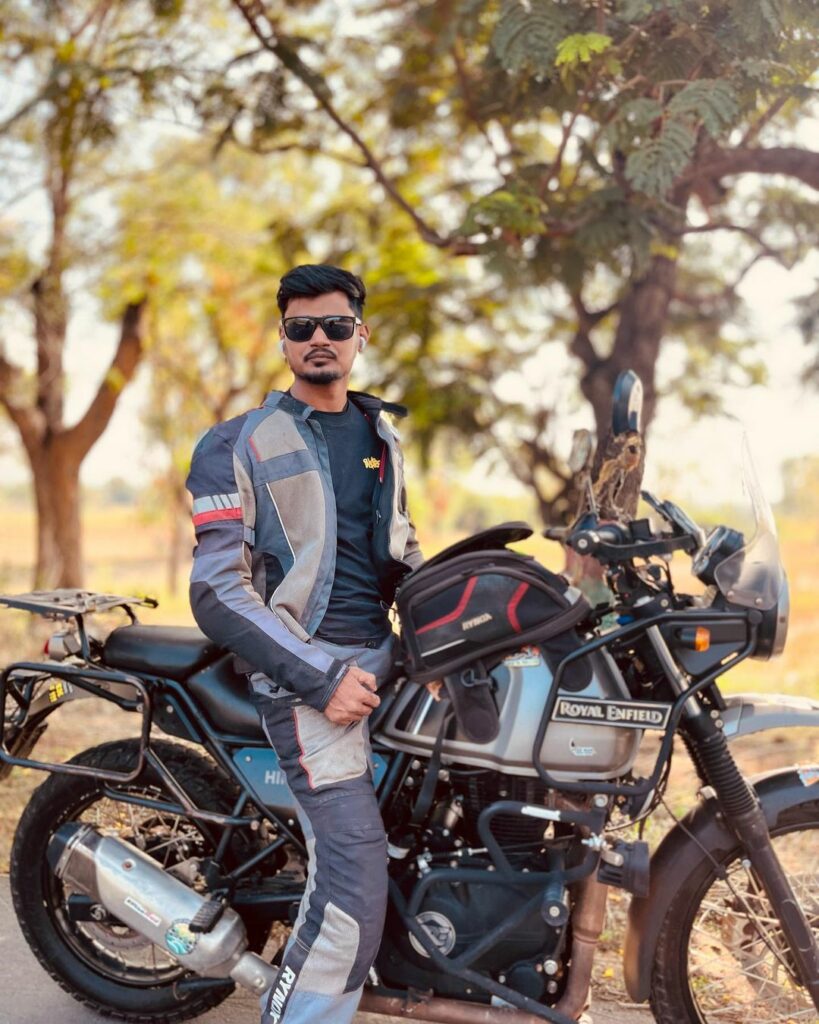
Vishwanath Mathpati
I am Vishwanath Mathpati, a full-time Blogger and Motorcyclist from Bidar, Karnataka. I love writing about my Motorcycles Stories and Riding Gears on this blog.
Know More About Me.

